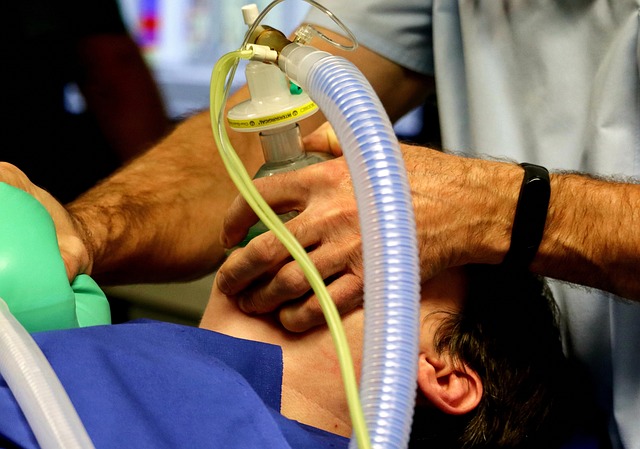As ICU staffing challenges and budgetary restrictions continue to plague hospitals around the country, eICU companies are offering solutions to both of these major issues. Tele ICU technology allows ICU patients to be monitored by licensed ICU intensivists and nurses at all times of the day and night, resulting in better assessment of patients’ needs and improved patient outcomes. But, what exactly is an eICU system? Here are the basic components of tele ICU technology.
Equipment
All remote ICU systems rely on equipment that allows for instant two-way communication between ICU staff members, patients, and remote monitoring staff members. Each ICU room is equipped with a camera, microphone, and monitor that allows in-person and remote medical professionals to communicate with each other. This equipment also enables remote physicians to visually assess patients’ conditions, speak with the patients and their family members, and prescribe treatment based on their evaluation.
The remote physician also has the ability to view and monitor patients’ vitals and other medical information in real time. They have access to the patients’ electronic medical records, so they have the exact same data as any in-person staff member so they can make fully-informed decisions even if a licensed intensivist isn’t physically available at the hospital. This information allows a remote physician to respond immediately to changes in patient status based on their real-time vital readings.
Privacy
Remote ICU equipment can’t activate on its own. A member of the in-person care team must activate the camera and microphone so that the remote physician can view the patient and speak with the in-person ICU staff members. Conversations are confidential and never recorded so it’s just like the patient is seeing a doctor in person. The doctor just happens to be in another location physically.
When the remote equipment isn’t in use, the camera and microphone are turned off and the camera faces the wall. It does not capture video or audio when the equipment is not on, so patients can be sure that their privacy is fully protected. However, the patient’s vital signs and other real-time medical data are transmitted to the remote monitoring center so that their condition can be monitored and assessed at all times.
Security
Remote ICU systems and technology are purposely designed for use in medical environments. This means that all aspects of these systems comply with federal regulations for health data security. HIPAA rules are incorporated into all components of the system, so any medical data that is transmitted through the computers is fully secured. Patients don’t have to worry about their health information being sent to entities that shouldn’t have it and they can rest easy knowing their conversations with remote physicians are private.
The security features of all tele ICU systems cover both audio and visual aspects of remote monitoring. Whether it’s your lab results or your most recent conversation with a remote cardiologist, your health information belongs to you and you alone. You have control over who sees your data and must consent to using remote technology before it can happen.
Conclusion
Understanding how a tele ICU system works is the first step in accepting its use in critical care situations. The basic components of an eICU system are essentially the same no matter which company your hospital uses and are necessary to make the technology work.











Add Comment